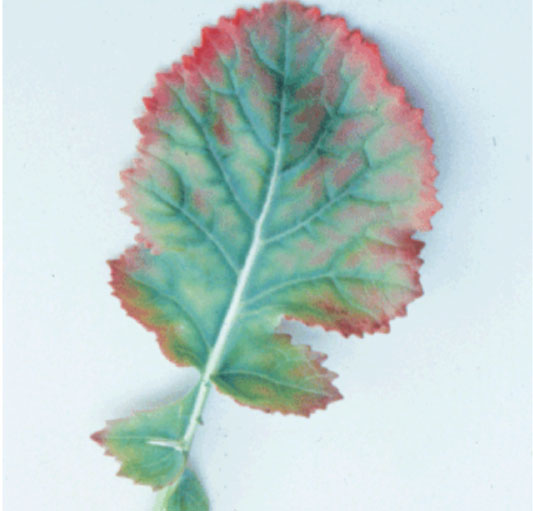Micronutrients are required in minute quantities but are essential for healthy plant growth and yield maximization. Macronutrients, secondary nutrients and micronutrients must all be in balance. While needed in smaller amounts, micronutrients can play a huge role in crop physiology. There are several benefits of adding micronutrients to your fertility program.
What are the micronutrients?
- Boron
- Works in moving sugar through the plant
- Functions in cell development
- Helps repair cell walls after hail damage
- Important in seed (grain) fertilization and development
- Zinc
- Crucial in flower formation
- Biological “anti-freeze”
- Improves germination rates and plant vigour
- Molybdenum
- Necessary for plants to transform nitrogen into amino acids (legumes)
- Important in plant nodulation
- Manganese
- Assists in chlorophyll production (no chlorophyll, no life)
- Builds lignin (lodging and disease)
- Copper
- Important in disease prevention (studies linking copper deficiencies to increased levels of ergot infections)
- Involved in lignin building
- Affects kernel size and weight
- Iron
- Required for chlorophyll
- Essential for plant respiration, photosynthesis, and symbiotic nitrogen fixation
- Magnesium (secondary nutrient)
- Required for chlorophyll
- Calcium (secondary nutrient)
- Essential for cell wall formation
- Important for nodulation
- Sulphur (secondary nutrient)
- Essential for protein synthesis
The micronutrients of most concern in-season would be zinc, copper, boron, and manganese. Soils in Western Canada are generally deficient in zinc.
“Soil and tissue tests show that those soils contain only about 50 percent of what crops require,” says Dr. Abdel El Hadrami, research and development director at OMEX Canada in Winnipeg. “Growers should be looking at methods to get micronutrients to the crop, preferably at seeding with a liquid fertilizer kit on the drill or other means, like micronutrient-coated dry fertilizer.”
Diluting with a liquid fertilizer or as a coating on dry fertilizer ensures the relatively small amounts that are required are evenly spread in the field.
Copper is deficient in certain areas of the Prairies, for example, around the Dauphin area. Deficient copper levels and high incidence of ergot in cereals are very strongly correlated.
“Boron is often found to be deficient in pod crops,” says El Hadrami. “Boron is very important in pollen fertility. A deficiency may not be obvious until pods are aborted due to a lack of pollen fertility.” El Hadrami also notes that boron deficiency may be more problematical in hot, dry seasons. “When plants are moving water from the soil to the leaves and transpiring heavily in hot, dry weather, the boron moves to the leaves. It is immobile in plants and the flowers don’t get the levels they need to ensure adequate fertility.” Boron is also closely tied to sugar movement in the plant and any shortages at grain filling will impact both yield and quality.
Before considering any foliar in-season application including micronutrients, tissue testing, at a minimum, should be conducted. Knowing what is actually available compared to ideal levels provides a starting point from which to gauge an in-season application. This is assuming too that soil testing was conducted in the spring and the grower has a good starting point from which to make an informed decision.
Economic cost-benefits of in-season foliar micronutrient applications need to be considered. Is the yield potential there to justify the cost.
The proper timing of foliar applications is critical as the overall objective is to either enhance production or help compensate for environmental stresses and/or poor nutrient availability. For best results, foliar applications should be timed to provide nutrients during the periods yield potential can be influenced.
Judicious use of in-season foliar-applied micronutrients can promote improved nutrient efficiency within the plants. Stressful growing conditions such as low temperatures, saturated or dry soil can reduce root growth rendering micronutrients temporarily unavailable. As a result, foliar feeding micronutrients can alleviate stress from a crop and improve yields.
Finally, today’s high performing, high yielding crops remove more nutrients than ever from the soil which is why it’s a good idea to use a foliar with micronutrients to finish off that top end yield potential.
Boron deficiency symptoms in canola.
Courtesy of the Canola Council of Canada

Mangense deficiency symptoms in soybeans

Typical leaf symptoms of sulphur deficiency.
Courtesy of the Canola Council of Canada








Leave A Comment